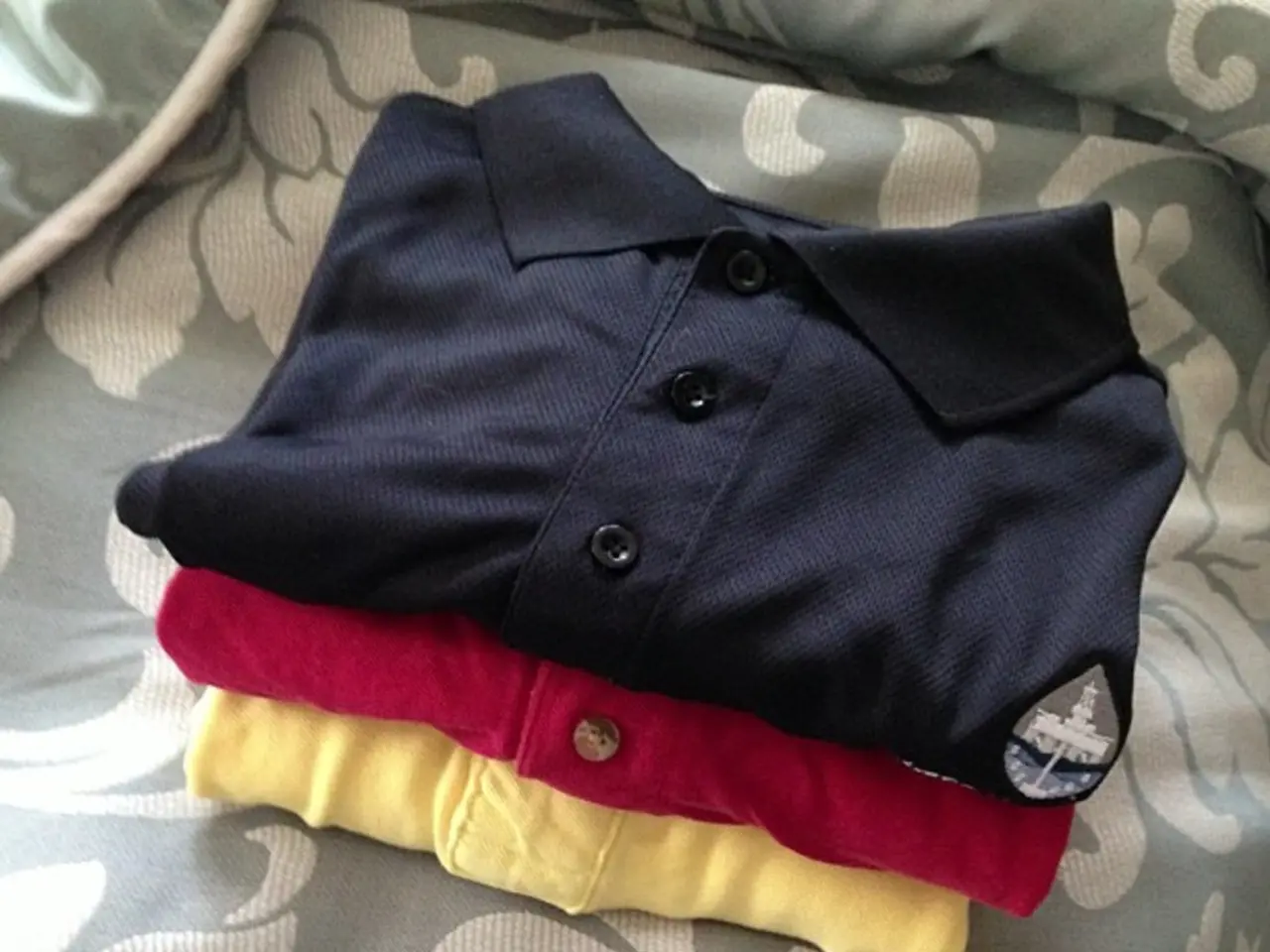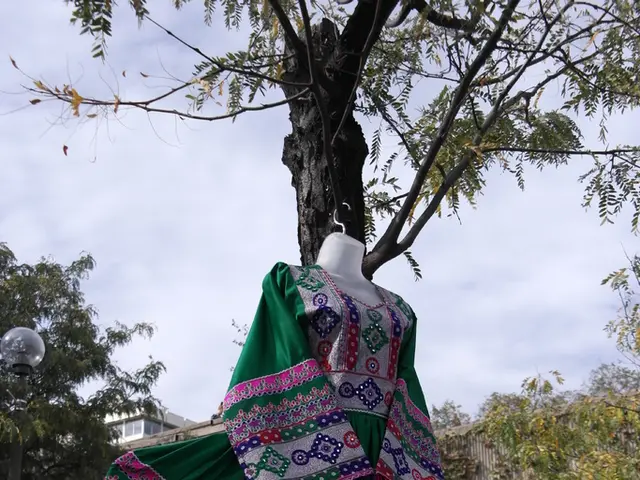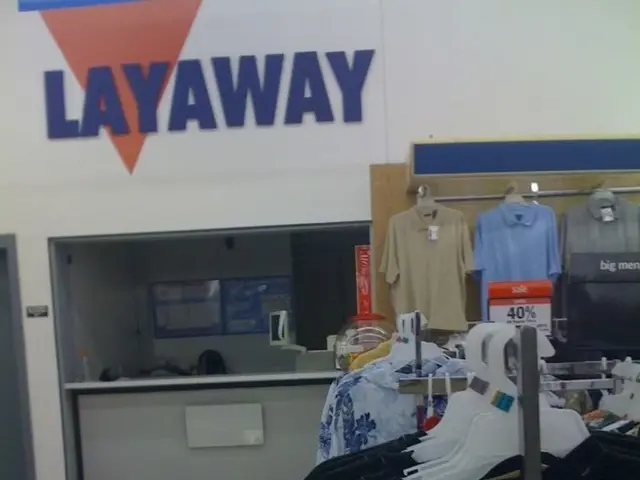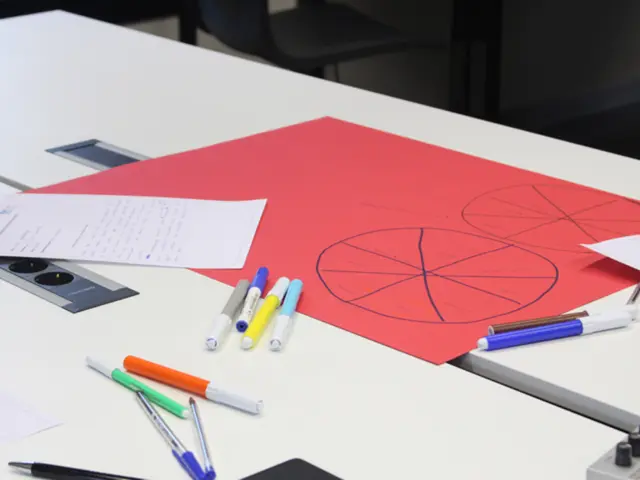Navigating Business Attire: A Guide to Dress Codes
Dress codes in the business world can vary greatly depending on the occasion and industry. Here's a guide to help you navigate different business attire scenarios.
For formal business events, a dark suit paired with a long-sleeved shirt, tie, and leather shoes is the standard. This 'Business Official' dress code allows for some color and pattern in suits, but a shirt and tie remain essential.
When meeting new business clients for the first time, a dark suit with a shirt and simple shoes is appropriate, with a tie optional. This is known as 'Day Informal' or 'Business Attire'.
For 'Business Casual' evening events, blazers, tailored trousers, midi dresses or skirts, blouses, and elegant shirts in neutral or sophisticated colors are suitable. Avoid overly casual items like jeans, sneakers, T-shirts, or excessively short dresses.
In a 'Casual' dress code, appropriate clothing includes polo shirts, colorful shirts, or fine knitted sweers with cotton or corduroy pants. Sneakers can be worn but should be timeless in design and subdued in color.
A high-quality business jacket should have a card pocket on the inside, bottom left, and may have four buttons on the sleeves. The sleeve of the jacket should be one and a half centimeters shorter than the shirt sleeve and reach to the bone of the wrist.
'Business Casual' can range from a suit with a shirt but no tie, to a jacket and fabric pants without a tie. It's always best to check the specific dress code for an event.
Understanding business dress codes is crucial for making a professional impression. Whether it's formal, business casual, or casual, appropriate attire shows respect for the occasion and those you're meeting.








